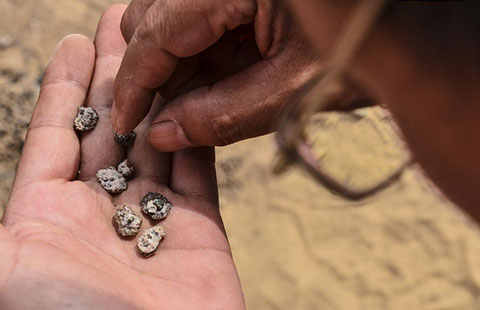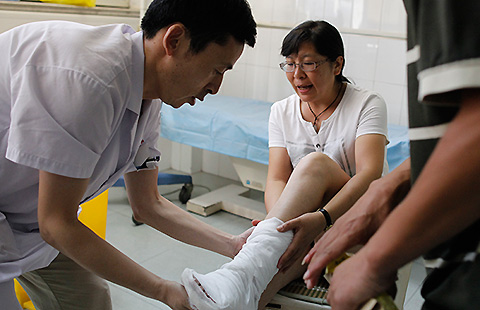

JIUQUAN - China has made dozens of technological modifications to the spacecraft and carrier rocket to be used in the country's upcoming manned space docking mission to ensure the success, a spokesperson for the mission said Friday.
All technological modifications to the spaceship and carrier rocket have been thoroughly tested and are aimed to boost the safety and reliability of the craft, said spokeswoman Wu Ping at a televised press conference.
According to designers, the unmanned docking measurement device on the Shenzhou IX spacecraft has been improved, while its manual docking system has been installed for the first time and equipment has been added for a female astronaut to protect privacy.
Meanwhile, the new Long March-2F carrier rocket commissioned for the program has also been upgraded with 32 technological revisions, said Jing Muchun, chief designer of the carrier rocket.
More thorough ground tests, particularly those concerning the launch vehicle's reliability, have been conducted by the development team, Jing said.
To complete the country's first manned space docking mission, China will send three astronauts (Jing Haipeng, Liu Wang and Liu Yang) aboard the Shenzhou IX spaceship into space at 6:37 pm Saturday with the launch of a Long March-2F carrier rocket at the Jiuquan Satellite Launch Center in Northwest China's Gobi desert.
China launched its first unmanned space lab module Tiangong-1 on September 29, 2011. The unmanned spaceship Shenzhou-8 successfully docked with Tiangong-1 in November last year.
Special Coverage: China to launch Shenzhou IX







